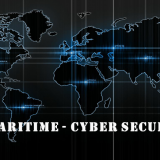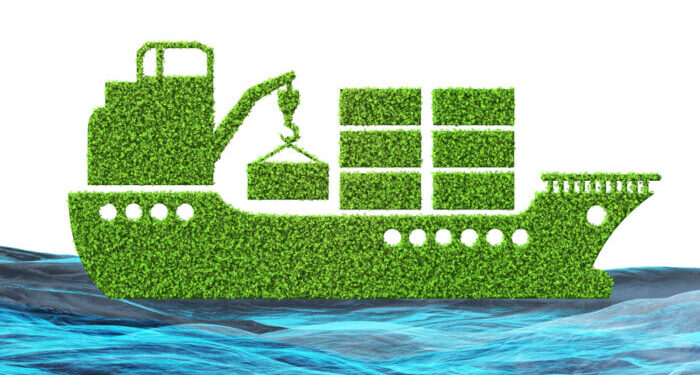Uno degli argomenti particolarmente specifici che riguardano i temi della Cyber Security in ambito marittimo è quello relativo alla raccolta dei dati digitali per le esigenze di analisi forense nei casi di incidenti/attacchi informatici. Nelle risposte ad un evento di natura cibernetica, l’indagine digitale forense rappresenta, infatti, non solo una strategia, ovvero una capacità di raccolta delle informazioni digitali critiche che hanno provocato l’evento massimizzandone il loro uso come prova, ma anche un metodo per la comprensione e la mitigazione di rischi informatici a vantaggio della sicurezza dei traffici marittimi nel loro complesso, dalle navi alle stesse infrastrutture portuali.
L’efficacia di tale capacità dipende, tuttavia, da una adeguata disponibilità, qualità ed affidabilità dei dati digitali raccolti sia sui sistemi digitali che su peculiari info-tecnologie in uso in ambito marittimo, attraverso metodi di rilievo il più possibile accurati, basati anche su professionalità specifiche oltre che su avanzati strumenti tecnologici. A questi si aggiungono poi anche strumenti di ricerca informativa e di intelligence, ovvero di raccolta e validazione di dati raccolti, ad esempio, da fonti aperte, che rappresentano sempre più un valore aggiunto nelle analisi di eventi malevoli di natura informatica.
Lungi quindi dall’essere uno strumento passivo di post-analisi o richiesto per esigenze esclusivamente legali ovvero assicurative, numerosi sono i casi in cui le stesse organizzazioni e istituzioni, in molti ambiti peraltro anche diversi dal settore marittimo, hanno beneficiato della raccolta e dell’utilizzo di prove digitali anche al fine di migliorare la tutela dei dati e in generale la propria sicurezza informatica. Sebbene i metodi e le tecniche forensi oggigiorno utilizzati, soprattutto se riferiti ai sistemi legati alle tecnologie informatiche, siano sempre più evoluti, per le attività conseguenti a incidenti o attacchi cibernetici nel settore marittimo (soprattutto per navi o infrastrutture/impianti portuali), sussistono elementi di criticità. Ciò è dovuto in gran parte a determinate specificità del settore rispetto ad altri e, soprattutto, alle peculiarità delle navi ma anche relative alle tecnologie di controllo remoto ormai sempre più in uso nei terminal portuali in cui vi è un utilizzo sempre più diffuso di sistemi operativi informatizzati e connessi alla rete dove la raccolta dei dati digitali post-evento presenta notevoli difficoltà. Sulla base di quanto detto, appare particolarmente interessante procedere ad uno studio delle questioni fondamentali legate a questo tema. In particolare, l’obiettivo e quello di provare ad esaminare e valutare, per quanto possibile, le capacità forensi in un settore specifico come quello marittimo, fondamentale nel commercio globale, che opera in una combinazione di fattori legati alle innovazioni tecnologiche, informatiche ed operative altamente sensibili, sia per gli aspetti di sicurezza individuale (safety) e legati ad eventi accidentali, che di sicurezza fisica (security) conseguenti ad eventi intenzionali.
Una volta esaminate le caratteristiche e le criticità, in termini di prontezza e capacità per una adeguata raccolta dei dati digitali utili alle indagini forensi marittime, attraverso il confronto anche con altri settori e basando l’analisi sui principali criteri e scenari di valutazione del rischio nonché di esperienze e tentativi già consolidati, il passaggio successivo è cercare di individuare alcuni passaggi ritenuti essenziali per impostare questo genere attività. L’obiettivo finale rimane comunque quello di aumentare, anche con l’indagine forense, il grado di sicurezza informatica marittima a vantaggio di un settore particolarmente essenziale e sempre più strategico.
Source: babilonmagazine



